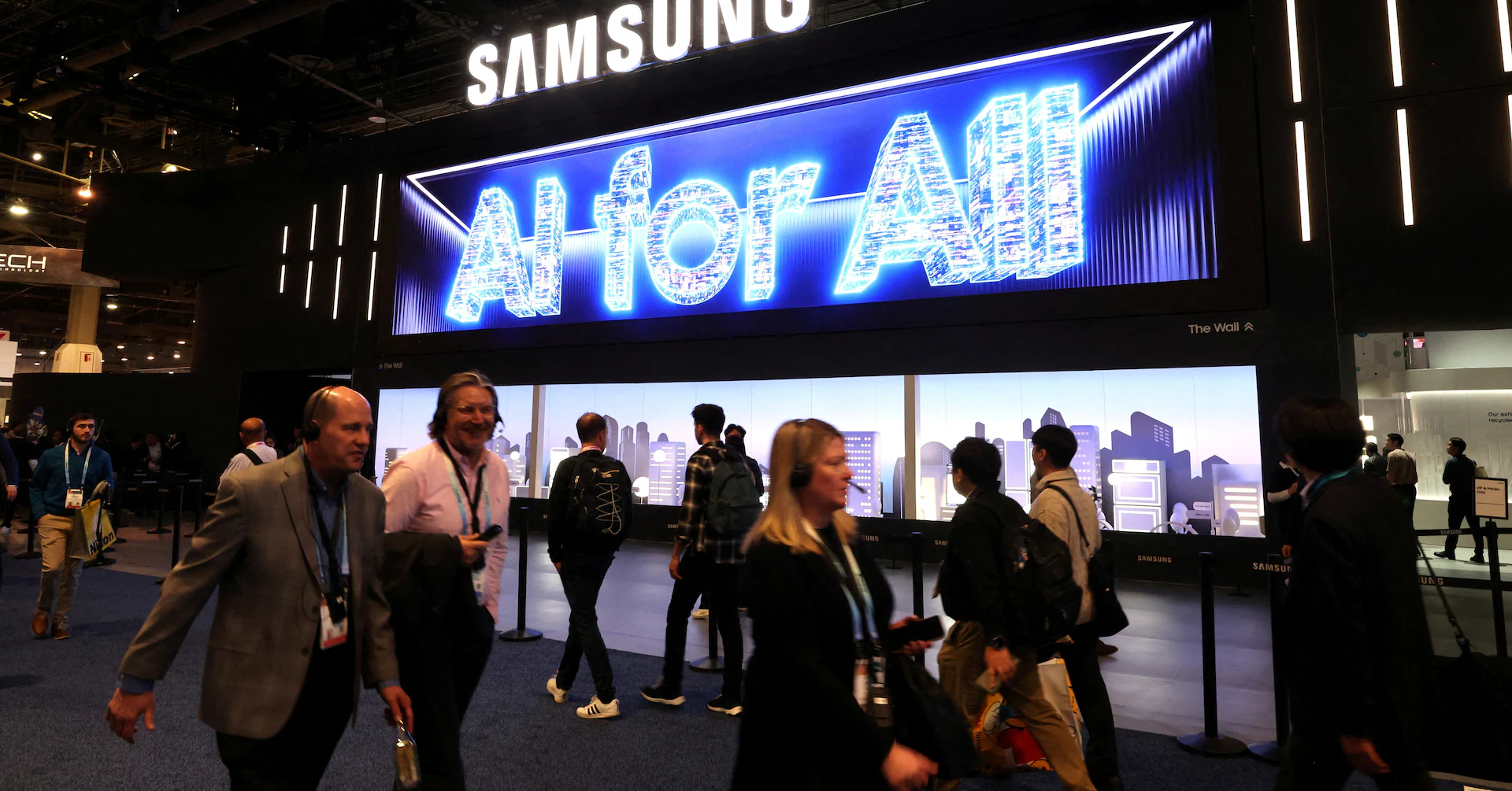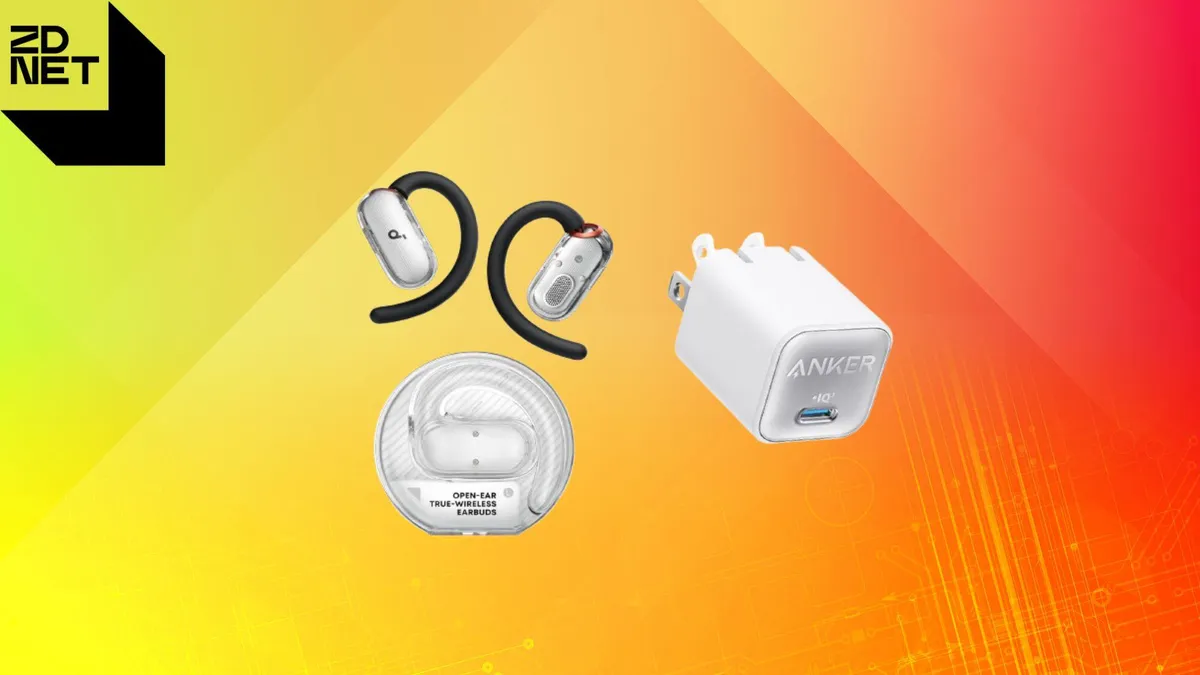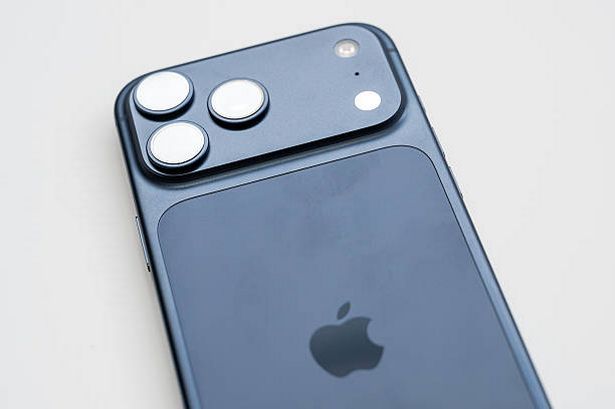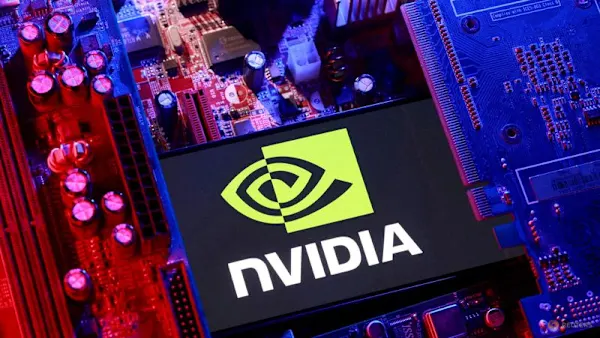
HONG KONG, Sept 23 (Reuters Breakingviews) – It’s only a mile or so into the artificial-intelligence marathon, with chipmaker Nvidia (NVDA.O), opens new tab and chatbot pioneer OpenAI among the handful of companies setting the extremely brisk pace. Notably off to a slower start is Samsung Electronics (005930.KS), opens new tab, which for years has dominated the markets for memory chips and smartphones. There’s a reasonably clear path, however, for the South Korean conglomerate to catch up to the early frontrunners.
Nvidia boss Jensen Huang, for one, is keeping a close eye on the competition. “Remember, Samsung created HBM,” he said, opens new tab in January, referring to powerful high-bandwidth memory semiconductors created by stacking traditional ones onto a processor. “Originally, the very first HBM memory that Nvidia has ever used was from Samsung.”
Sign up here.
The nod may be a sign of respect, but it is also a humbling reminder of the sprawling empire’s missteps. Even though it was behind a critical component of Nvidia’s coveted graphic processing units, Samsung has so far missed out on the highly lucrative AI frenzy nearly a decade later.
Its struggles are a classic example of the innovator’s dilemma, where mighty incumbents get overtaken by new competitors despite having financial, technological and other advantages. In this case, the Lee family empire, which began in 1938 as a grocery trader, generated $200 billion of revenue from last year and devoted $24 billion to research and development, dwarfing the amount spent by smaller peers such as domestic rival SK Hynix (000660.KS), opens new tab and U.S.-based Micron (MU.O), opens new tab. Yet Samsung is now a laggard in the booming HBM market, which JPMorgan analysts forecast will swell to more than $100 billion in 2027 from less than $5 billion in 2023.
Samsung’s sheer size is part of the problem. Before ChatGPT, demand for high-bandwidth memory was small, prompting executives to invest elsewhere, including in related products that are both lower-margin and commoditized. A leadership vacuum also hurt. Third-generation boss Jay Y. Lee was imprisoned for bribery and embezzlement, subsequently released on parole and then pardoned by South Korea’s president. His absence hampered the company’s ability to make bold bets with uncertain returns. Nimbly pivoting a goliath is no easy feat either.
By contrast, SK Hynix kept plugging away at HBM and, as a result, is now Nvidia’s main supplier. In the second quarter, CEO Kwak Noh-Jung led his company to topple Samsung as the world’s top memory-chip maker by sales, according to research firm Counterpoint, with a commanding 62% market share. It is on track to deliver a nearly 70% rise in annual operating profit this year, to $28 billion, per Visible Alpha. Meanwhile, Samsung’s is expected to fall 9%, to $21 billion, because of its profit-driving semiconductor division’s heavy exposure to China and U.S. tech restrictions. The diverging fortunes, unthinkable just a few years earlier, prompted Samsung to issue a rare public apology last year.
All is not lost, however. Although Huang remains elusive as a customer, Samsung is supplying others. Customers such as AMD (AMD.O), opens new tab and Broadcom (AVGO.O), opens new tab may have less rigorous qualification requirements, but they also can help Samsung rebuild its HBM business. Moreover, the memory battle is now being fought over Nvidia’s next offering, expected between 2026 and 2027. It will use sixth-generation technology known as HBM4, chips that will be even more complex to manufacture and package together, opening a path for Samsung to regain its technological lead.
The sector’s rapid evolution also helps Samsung. The current fifth iteration debuted just roughly a year after its predecessor, an indication that any first-mover advantage will be short-lived. Micron, for instance, leapfrogged one generation.
These dynamics matter, as memory is arguably one of the biggest bottlenecks to more powerful and efficient chips and models. Even if Nvidia’s GPUs can crunch billions or trillions of data at lightning speed, such advances will not matter without an accompanying memory chip that stores and feeds it that data at a similar pace, a problem known as the memory wall, opens new tab.
SK Hynix’s HBM offerings shook up the market and enabled enormous amounts of information to be stored and transmitted. It is the only significant manufacturer, however, leaving supply tight and prices high. It’s probably why Huang has repeatedly expressed optimism that Samsung will succeed in this area. Less competition means a less productive and progressive industry.
Lee also has an opportunity to dismantle another formidable piece of supply-chain congestion by getting into production. Taiwan Semiconductor Manufacturer, or TSMC (2330.TW), opens new tab, has a monopoly on making advanced chips for goliaths such as Nvidia, leaving rivals scrapping for limited capacity and companies like OpenAI fighting to secure allocations of silicon. As Intel’s troubles persist, Samsung’s struggling and unprofitable foundry business may be the only alternative. As part of a promising turnaround, it recently secured much-needed deals with Apple (AAPL.O), opens new tab and Tesla (TSLA.O), opens new tab for its U.S. factories.
This momentum has fueled a near-60% rally in Samsung’s stock price this year, keeping it on pace with the benchmark KOSPI index (.KS11), opens new tab but behind gains at SK Hynix, which now commands 1.9 times forward book value, LSEG data show. Samsung trades at 1.2 times, reflecting some understandable doubts about its growth prospects.
The technical challenges of simultaneously mastering both HBM and advanced AI chipmaking will be formidable, even for a company as savvy and deep-pocketed as Samsung. TSMC is expected to allocate more than $40 billion to capital expenditure this year, per Visible Alpha, a little more than Samsung, which will probably be more thinly spread across smartphones, electronics and other divisions.
Moreover, Lee does not have a great track record of making quick and ambitious decisions. His last big acquisition was auto supplier Harman in 2017, an $8 billion purchase that did little to ease the group’s reliance on memory chips. The billionaire, free of legal troubles for the first time in a decade, is also now setting his sights on robotics, medical technology and consumer audio.
In May, Samsung agreed to buy a heating and ventilation company for 1.5 billion euros to tap into the booming demand from data centers. A $40 billion cash pile hints at more deals to come from a scion eager to prove himself. If nothing else, at least there’s plenty of race left to run.
Follow Robyn Mak on X, opens new tab.
For more insights like these, click here, opens new tab to try Breakingviews for free.
Editing by Jeffrey Goldfarb; Production by Maya Nandhini
Breakingviews
Reuters Breakingviews is the world’s leading source of agenda-setting financial insight. As the Reuters brand for financial commentary, we dissect the big business and economic stories as they break around the world every day. A global team of about 30 correspondents in New York, London, Hong Kong and other major cities provides expert analysis in real time.
Sign up for a free trial of our full service at https://www.breakingviews.com/trial and follow us on Twitter @Breakingviews and at www.breakingviews.com. All opinions expressed are those of the authors.
Robyn Mak joined Reuters Breakingviews in 2013. Previously, she was a Research Associate for the Global Policy Programs at the Asia Society in New York. She has also worked at the Carnegie Endowment for International Peace in Washington DC and interned at several consulting firms, including the Albright Stonebridge Group. She holds a masters degree in international economics and international relations from the Johns Hopkins School of Advanced International Studies and is a magna cum laude graduate of New York University.



